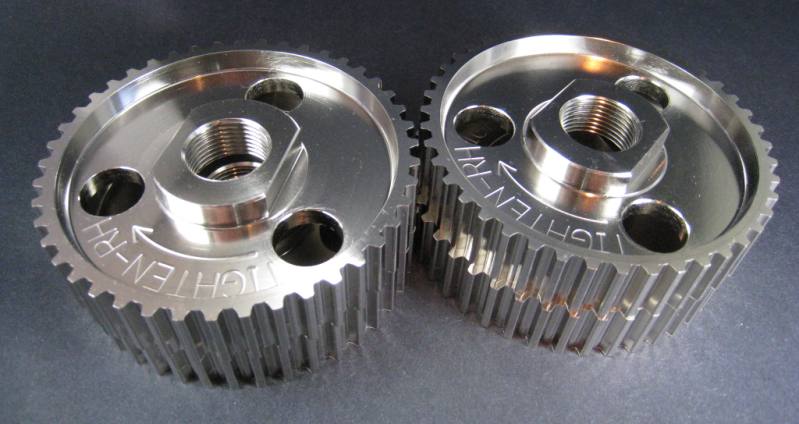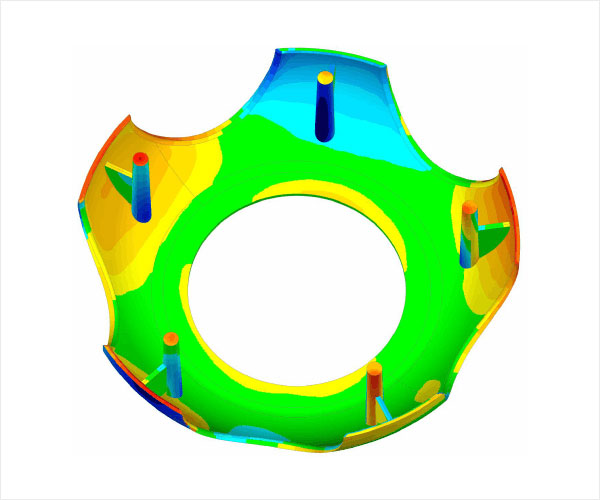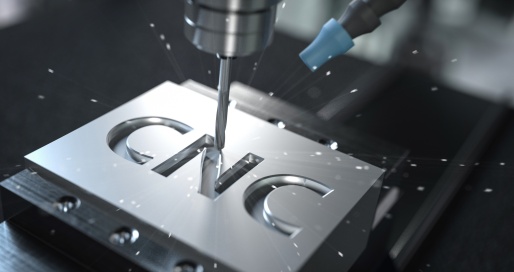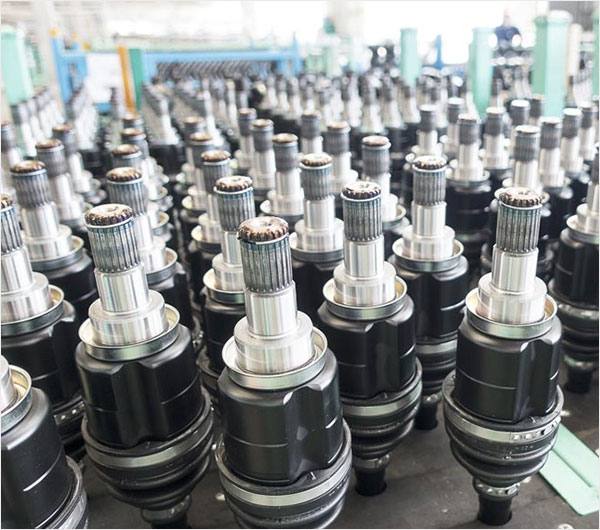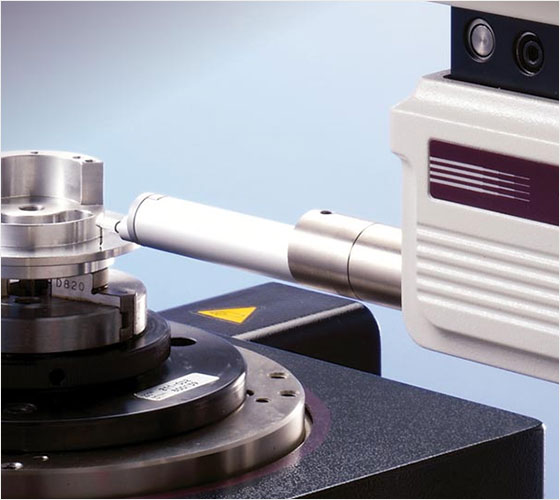Electroless nickel plating is a chemical process. It deposits a nickel layer on materials without using electricity. Instead, it uses a chemical bath. This bath triggers a reaction that deposits nickel on the object. The result is a smooth, even coating. This method is great for complex shapes. It ensures every nook and cranny gets covered. The coating offers protection against wear and corrosion. Plus, it can improve the object’s appearance. Many industries value it for its consistency and durability. So, if you want an even and strong nickel coat, this is a top choice!
What is Electroless Nickel Plating Used For?
Uniform Coating
Traditional electroplating can sometimes result in uneven coats due to its reliance on electric currents. On the other hand, electroless nickel plating uses a chemical process that ensures a uniformly thick layer of nickel. So, no matter how intricate or detailed the part is, every nook and cranny gets the same amount of protective coating.
Corrosion and Wear Resistance
This is a major advantage of the process. When materials, especially metals, are exposed to moisture, air, or certain chemicals, they can corrode or wear down over time. Electroless nickel plating forms a barrier, safeguarding the underlying material. The result? Parts that are notably more durable, giving them a longer life in demanding conditions.
Improved Solderability
In electronics, soldering parts together is a common requirement. Some materials, however, don’t take well to solder. Electroless nickel plating can enhance a part’s ability to bond with solder, ensuring a secure and lasting connection.
Enhanced Appearance
Beyond just its functional advantages, electroless nickel plating has aesthetic benefits. It imparts a shiny, smooth finish to parts, elevating their visual appeal. It’s like giving your components a mini makeover!
Heat and Chemical Resistance
In industries where components are exposed to high temperatures or aggressive chemicals, there’s a need for added protection. Electroless nickel-plated parts can resist degradation from both heat and a wide range of chemicals, making them ideal for such challenging environments.
Versatile Applications
This is not a one-trick pony. The benefits of electroless nickel plating are recognized in many sectors. Whether it’s in the intricate circuits of electronic devices, the robust parts of automobiles, or the precision components in aerospace, this plating method has proven its worth time and time again.
Electroless nickel plating is a remarkable process, transforming ordinary parts into robust, attractive, and versatile components. If durability, appearance, and functionality are on your checklist, this method checks all the boxes.
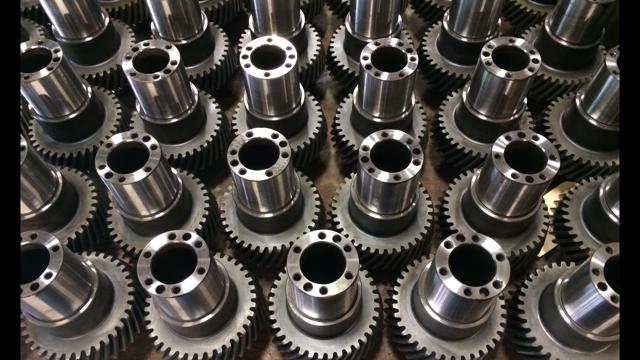
The benefits of electroless nickel plating
Curious about electroless nickel plating? Great choice! This nifty process has a range of benefits.
Uniform Coverage: The process gives a consistent coat, unlike some methods that might miss nooks or crannies. That means every part of the item, no matter how intricate, gets equal protection.
Stellar Corrosion Protection: Everyone despises rust and corrosion. Luckily, electroless nickel plating acts as a guardian shield, making materials less prone to such issues. Your items stay fresh and durable!
Boosted Wear Resistance: No one likes worn-out parts. This plating significantly reduces wear, giving your items a longer, healthier life. Think of it as a protective armor.
Enhanced Appearance: This isn’t just about function; it’s about form too. The plating imparts a sleek, shiny finish, making parts look new and professional. It’s like a beauty spa for metals!
Heat Resistant: Some materials can’t handle the heat. With this plating, they get a resilience boost, standing firm against high temperatures. It’s like giving them a heat shield!
Chemical Resilience: Industries often expose materials to harsh chemicals. Electroless nickel plating offers resistance, ensuring your items don’t degrade quickly. It’s a sturdy barrier against aggressive substances.
Smooth Operation: Friction can be a real buzzkill for moving parts. With this plating, friction decreases, ensuring smoother operations. Your items glide and slide effortlessly.
Non-Magnetic Benefits: In the world of electronics, magnetic interference is a concern. This plating offers non-magnetic properties, making it a favorite for electronic items. A real game-changer!
Improved Solderability: Joining parts together? This plating enhances solder bonding, making the soldering process a breeze. It’s like a handshake between metals!
Thickness Control: Sometimes, you need a specific thickness. With electroless nickel plating, controlling the thickness becomes super easy. You get the exact coverage you desire.
Affordability: Quality usually comes at a price. But here, you get top-notch protection without burning a hole in your pocket. It’s a win-win for everyone!
Environment Friendly: We all care about Mother Earth. This process is more environmentally friendly compared to some traditional methods. Eco-conscious and effective? Yes, please!
Adhesion Excellence: Whether it’s metals, ceramics, or plastics, this plating adheres superbly. No peeling or flaking – it sticks right on!
Low Maintenance: Once your item undergoes this plating, upkeep becomes minimal. Just a quick clean now and then keeps it shining.
Broad Application Spectrum: Its versatility is commendable. From aerospace to electronics, its benefits span multiple industries.
Electroless nickel plating is a champion in the realm of protective coatings. With its myriad of benefits, it’s no wonder industries around the globe vouch for its excellence. If you’re considering a protective measure for your items, this method surely stands tall.
What is electroless nickel plating process?
Step 1: Cleaning the Surface
First things first, we need a clean surface. Any dirt or grease can disrupt the plating. So, you start by cleaning the item you want to plate. This usually involves a good wash, with a bit of light scrubbing.
Step 2: Activation (If Needed)
Next, some materials might need a little push to get started. This push is called “activation”. Materials like plastic or non-metallic items, they’re not naturally ready to accept nickel. So, they undergo a pre-treatment to become receptive.
Step 3: Preparing the Bath
Now comes the fun part! You need to prepare a special bath. This isn’t for relaxing, though. It’s a solution of nickel ions mixed with water and other chemicals. This bath is where the magic happens.
Step 4: Add the Reducing Agent
In this step, a reducing agent enters the scene. This agent has one job: reduce the nickel ions to pure nickel. When added to the bath, it starts reacting with the nickel ions.
Step 5: Immerse the Object
With everything ready, you dip the item into the bath. As soon as the item enters, the nickel ions rush to it. They begin to deposit onto its surface, creating a smooth nickel layer.
Step 6: Monitor the Process
Patience is key here. The item needs to stay submerged for a specific time. The longer it stays, the thicker the nickel layer becomes. But remember, it’s crucial to keep an eye on it. Over-plating can cause problems.
Step 7: Rinse and Dry
Once you achieve the desired thickness, take the item out. It’ll have a fresh, shiny nickel coat! But, it’ll also have some residual chemicals. A quick rinse with water removes them. After that, dry it thoroughly to reveal its new, gleaming look.
Step 8: Post-Treatment (If Desired)
Some folks want their plated items to have specific properties. Maybe they want it harder or more wear-resistant. In such cases, a post-treatment process can help. It’s like giving your item a final touch-up.
And that’s it! You’ve just walked through the entire electroless nickel plating process. It’s a fantastic way to give items a durable, shiny finish without using electricity.



